Sociology MCQs 2000
Finalize your revision with the solved MCQs from the CSS Sociology 2000 exam. This past paper provides a broad overview of fundamental concepts and is perfect for a last-minute check of your knowledge. It covers key ideas like social norms, cultural lag (propounded by William F. Ogburn), and the definition of a social problem. Questions on migration (push and pull factors), social mobility, and the theories of Max Weber and Herbert Spencer make this a well-rounded practice test for any serious CSS aspirant.
Research design is ______________.
A. The developing of techniques of data collection
B. An overall outline of the procedures and operations that includes methods, techniques and tools of the study.
C. The decisions that a researcher makes/takes to verify the data.
D. The way to participate in an ongoing research project.
Socially approved ways of behaving are called _____________.
A. Cultural- traits
B. Folkways
C. Social norms
D. Mores
Fact may be defined as ___________.
A. A commonly shared reality
B. What everyone knows as true
C. That speaks itself
D. Verified and verifiable statement
The concept of CULTURAL LAG was propounded by ___________.
A. Ibn-i-Khaldun
B. Max Weber
C. Merton
D. William F. Ogburn
Who strongly believed in social DARWINISM particularly the “survival of the fittest”?
A. Karl Marx
B. Spencer
C. Ibn-i-Khaldun
D. George Hegel
An operational definition of a concept is _________.
A. Classical definition
B. In the head definition
C. A primer of guidelines for the researcher regarding field operations
D. Abstracted and generalized version of reality
“Significant others” is the term coined by _____________.
A. Max Weber
B. Ferdinand Tonnies
C. George H. Mead
D. C.H. Cooly
SAP stands for __________.
A. Social Activity Programming
B. Social Action Planning
C. Sociological Association of Pakistan
D. Socio-archaeological plan of Pakistan
Ethnocentrism means:
A. Cultural domination of an ethnic group
B. Ethnicity taken as the unit of analysis in scientific explorations.
C. Feeling of superiority of one’s own group over others.
D. The policy of political participation on ethnic grounds.
Who has written the book “LIVING ISLAM”?
A. Hamza Alvi
B. A.H. Dani
C. Sabiha Hafeez
D. Akbar S. Ahmad
